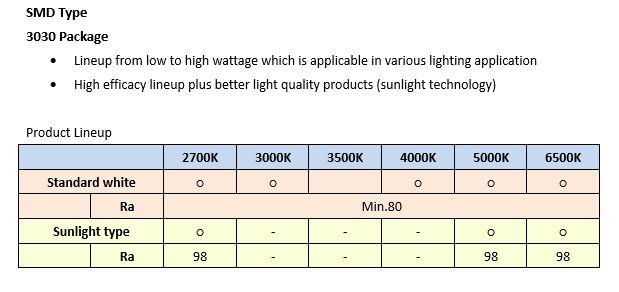
Soil reflectances tend to increase with increasing wavelength from 0.4 to 1 mm because of iron oxide absorptions at the shorter wavelengths. Stoner and Baumgardner (1981) analyzed a large geographic range of soils (485 soils), using the spectral range of 0.50 to 2.5 mm, and documented five unique soil spectral signatures primarily related to their organic matter and iron oxide contents and modulated by their textures. The most important constituents controlling the shape of soil spectral signatures are iron and organic matter content, as well as moisture and salt contents. Soils are complex mixtures of a number of mineral and organic constituents and have spectral signatures unlike those of vegetation. Spectral reflectance signatures of healthy vegetation, dry soil, gray grass litter, water, and snow. The middle-infrared (MIR) region (1300–2500 nm) is dominated by soil and leaf water absorption, particularly at 14 nm with reflectance increasing when leaf liquid water content decreases (see Figure 11.4).įIGURE 11.4. The sharp rise in reflectance between the red and NIR regions is known as the red edge and is used in plant stress detection. Most of the energy is transmitted and reflected, dependent on leaf structural characteristics, which results in a high near-infrared (NIR) plateau. In contrast, leaf pigments and cellulose are transparent to near-infrared wavelengths (700–1300 nm), and leaf absorption is small. Stressed vegetation will give off a different spectral signature corresponding to the effect of the stress on the various leaf pigments. The red and blue pigment, xanthophyll, also absorbs strongly in the 400–500-nm range and is responsible for various deciduous leaf colors. The yellow to orange-red pigment, carotene, has strong absorption in the blue wavelengths (400–500 nm). There is less absorption over the “green” wavelengths (500–600 nm) and thus the green appearance of healthy vegetation. Chlorophyll pigments a and b selectively absorb blue (400–500 nm) and red (600–700 nm) wavelengths for photosynthesis. In the case of vegetation, light absorption by leaf pigments dominates the reflectance spectrum in the visible region (400–700 nm). Examples of spectral signatures for soils, litter, and vegetation are shown in Figure 11.4. The high SFR density in the universe at z~1 may be dominated by such star formation in disk region in massive galaxies.Spectral reflectance signatures result from the presence or absence, as well as the position and shape of specific absorption features, of the surface.

Our results indicate that (i) more than a half of relatively massive disk-like galaxies at z~1 are in violent star formation epochs observed as LIRGs, and also (ii) most of those LIRGs are constructing their fundamental disk structure vigorously. Measuring color gradients (galaxy sizes as a function of wavelength) of the z~1 and local disk-like galaxies, we find that the z~1 disk-like galaxies have 3-5 times steeper color gradient than the local ones.


If we examine rest-frame UV-optical morphologies using the HST/ACS images, the rest-frame B-band sizes of the z~1 disk-like galaxies are comparable to those of the local disk-like galaxies as reported by previous studies on size evolution of disk-like galaxies in the rest-frame optical band. The z~1 disk-like LIRGs are comparable or ~20% small at a maximum in size compared to local disk-like galaxies in the same stellar mass range.

We investigate rest-frame near-infrared (NIR) morphologies of a sample of 139 galaxies with M_.


 0 kommentar(er)
0 kommentar(er)
